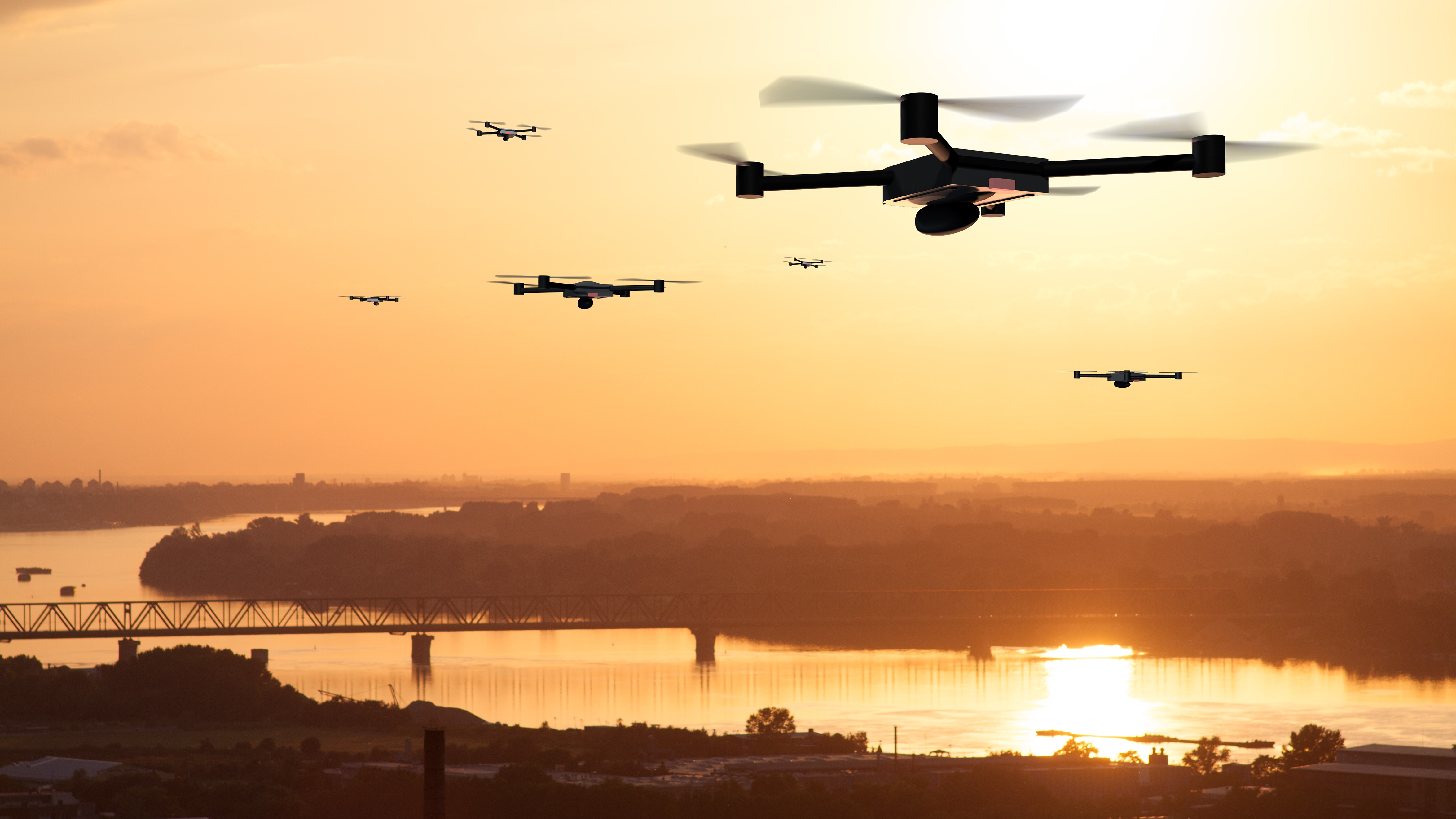Summary
With ubiquitous Unmanned Aerial Vehicles (UAV’s) getting adopted into a constantly increasing number of civil and military applications, operation capabilities are getting more sophisticated. Needs now extend further than just operating Beyond the Line Of Sight (BLOS). Remote operations for applications such as border patrol, aerial surveillance, and specialized missions require that users maintain an uninterrupted connection with a UAV for data transmission, and navigational aid. Due to the overall complexity of BLOS UAV operations, market competitors attempt to provide various solutions to customers by attracting them with a range of features related to their particular use case. A crucial role-player for a safe and successful mission is the GPS-Aided Inertial Navigation System (INS). For state-of-the-art UAVs, they are commonly crammed with costly equipment, and losing it may cause unwanted consequences. That alone puts top priority on choosing a reliable GPS-Aided INS. Besides exceptional performance, a GPS-Aided INS must meet weight and price expectations. For aerospace applications, extra weight is costly, but it is important to make sure that the trade off for weight is worth the cost of the unit. When it comes to such a strict choice, few solutions can compete with the Inertial Labs GPS-Aided INS-P model.




